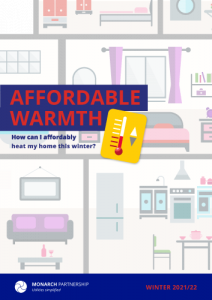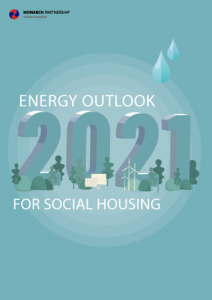Earlier this year, UK Chancellor Rishi Sunak announced the introduction of new Sustainability Disclosure Requirements (SDRs). This will mean financial services firms, companies and pension funds must start disclosing their environmental impact.
These requirements form a major part of the UK’s Green Finance Strategy, initially launched in 2019. This was created to establish the UK as a leader of international green finance. As well as aligning the financial sector and sustainable infrastructure to tackle the climate crisis both effectively and efficiently.
The SDR regime was proposed to combine and streamline existing climate reporting requirements. This was intended to be more far-reaching than the UK’s Task Force on Climate-Related Financial Disclosures (TCFD).
We take a look at the Sustainability Disclosure Requirements, what they are and how they work.
How do they work?
Businesses that choose to comply with SDRs must report the impact of climate change on their organisations, much like the TCFD recommendations. But the proposed SDR legislation will go even further. Businesses will have to report on how their business activities contribute to climate change. This is known as ‘double materiality’.
Transparency will also be enhanced by businesses providing sustainability reports. A new sustainable investment label for retail investors will also be introduced by the government. This badge will be awarded based upon information provided through the SDRs.
The government has introduced the SDR regime with the hope that it will play a key role in contributing to the UK’s net zero economy. This is particularly important as the UK remains keen to demonstrate leadership skills in green finance, following COP26.
The four pillars
SDR will require businesses to go public with their plans for transitioning to net zero further down the line. But there are currently no international standards dictating how these reports should look. So, currently the proposed legislation is proposed to simply support and encourage businesses in their journey to net zero. Much like TCFD, SDRs work off a set of four pillars. And understanding these can make the process much easier for businesses.
The four pillars include:
- Governance: Businesses must incorporate governance around sustainability-related risks. As well as the opportunities and impacts.
- Strategy: Actual and potential implications of sustainability related risks.
- Risk management: Processes used to identify, assess and manage sustainability-related risks, opportunities and impacts.
- Metrics and targets: Showing your workings in terms of research or in-house statistics is essential in becoming both sustainable and transparent.
How can Monarch help?
The SDRs are the latest of the UK government’s regimes. And trying to keep up to date with all of them can often be difficult. But it doesn’t have to be.
At Monarch, we prioritise helping our clients to achieve their sustainability goals. Our expert team is on hand to watch the markets and keep up-to-date with the newest government protocol so that you don’t have to.
Our comprehensive energy management services can help you to mitigate climate-related risks. As well as creating a tailored and effective carbon management plan including everything from resource efficiency and clean energy to carbon compliance. Our goal is to simplify your sustainability journey.
Get in touch to find out how Monarch can help you to navigate these new environmental regulatory frameworks.















